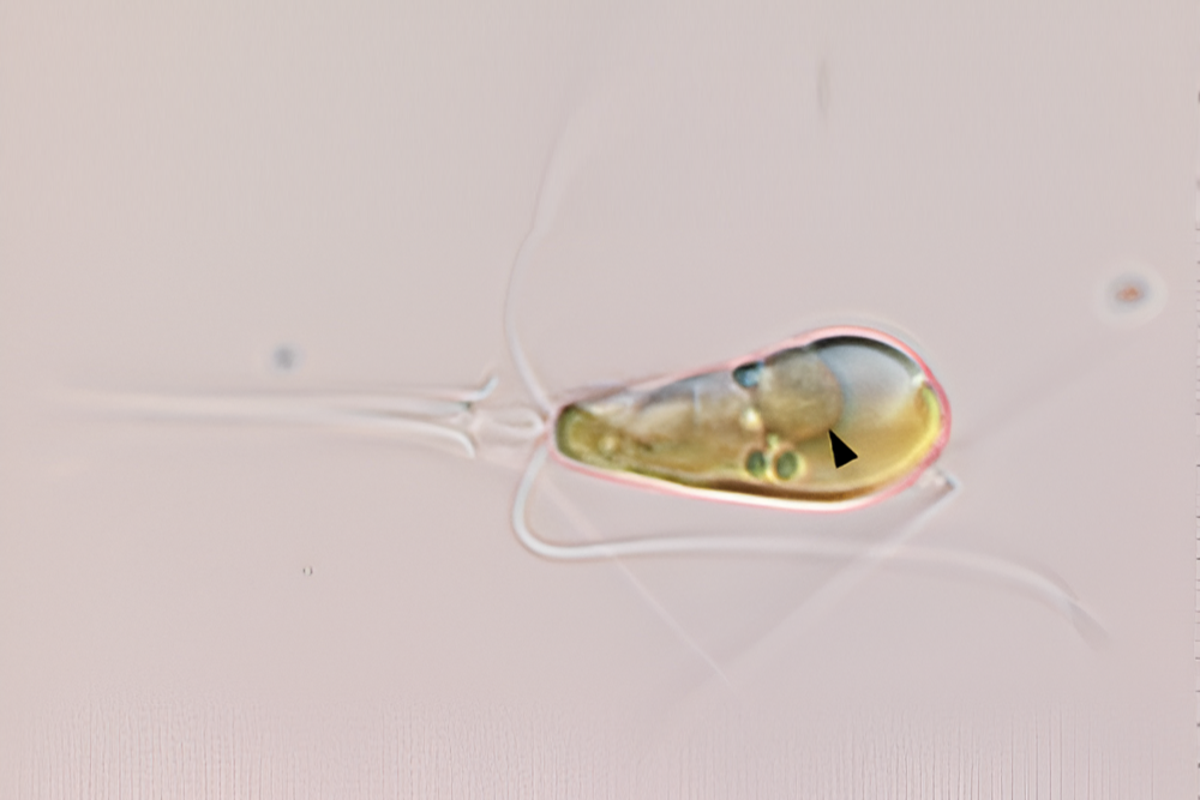In a world where the fusion of lifeforms into a single organism through primary endosymbiosis has only occurred twice in Earth’s history, an international team of scientists recently made a groundbreaking discovery. They observed this evolutionary event taking place between a species of algae commonly found in the ocean and a bacterium. This process involves the algae engulfing the bacterium, providing it with nutrients, energy, and protection in return for functions it previously couldn’t perform.
Tyler Coale, a postdoctoral researcher at the University of California, Santa Cruz led one of the two recent studies that uncovered this phenomenon. He explained that the first time this event occurred, it gave rise to all complex life as we know it through mitochondria. A billion years ago, it happened again with the chloroplast, leading to the evolution of plants. The ability to fix nitrogen from the air was what allowed these organisms to merge and create a new form of life.
Researchers from institutions such as MIT, the University of Rhode Island, UC San Francisco, UC Santa Cruz, Lawrence Berkeley National Laboratory and Institut de Ciències del Mar in Barcelona were involved in this groundbreaking research which was published in scientific journals Science and Cell. This discovery could potentially revolutionize agriculture by engineering organelles like these into crop plants to improve crop yield and increase nutritional value.


